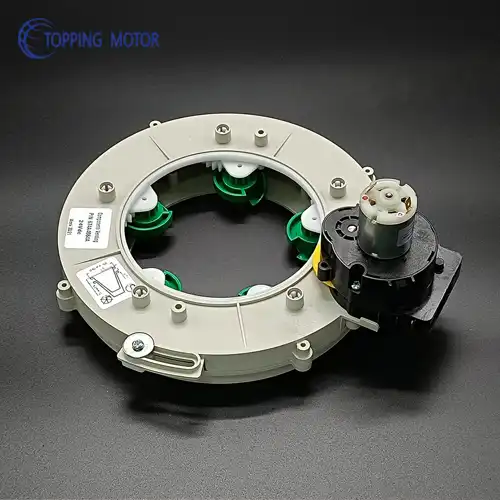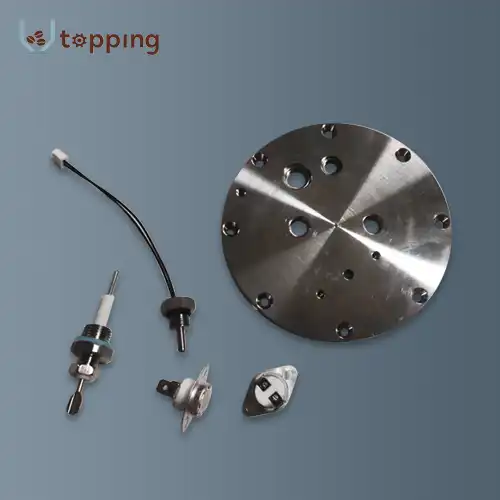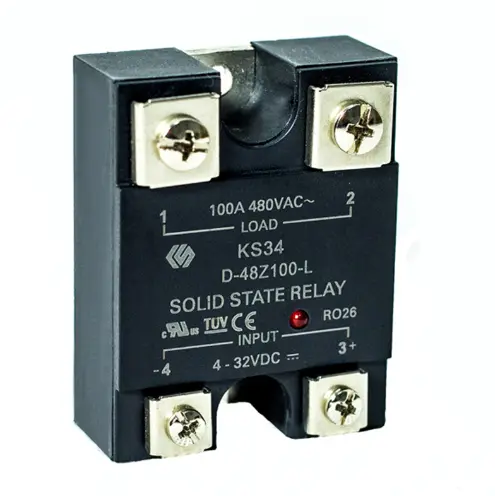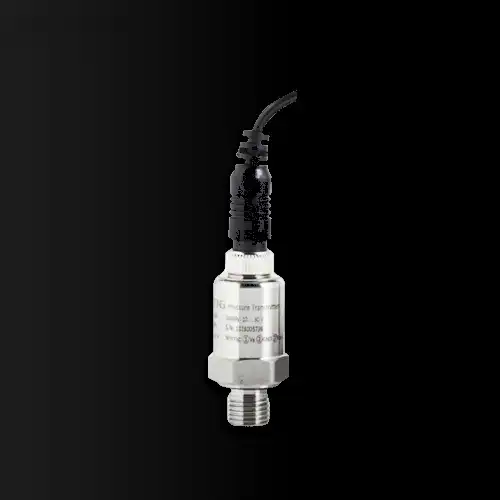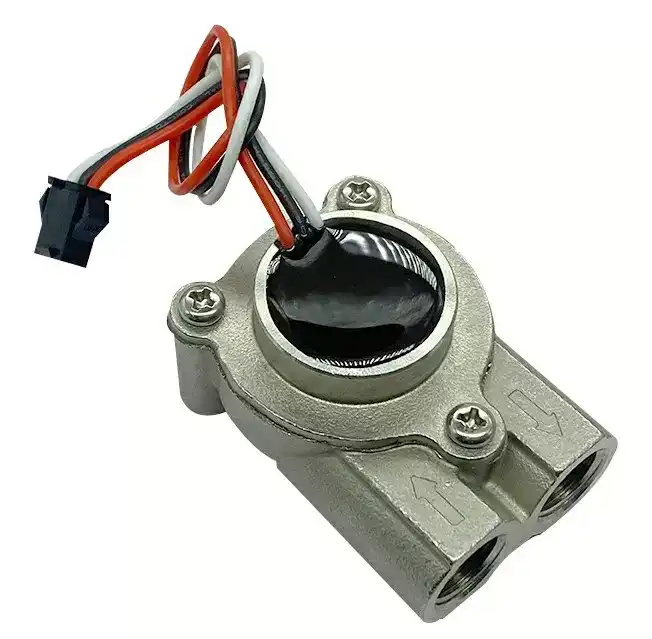Coffee vending machine dispensing components design
2024-12-23 10:49:23
1. Speed of Dispensing
In today's fast-paced world, the speed of dispensing is a critical factor in the design of coffee vending machine dispensing components. High-traffic locations such as offices, airports, and shopping centers demand quick service to minimize waiting times and maximize customer satisfaction. Designers must carefully engineer the dispensing components to achieve optimal flow rates and brewing times without compromising the quality of the coffee.
To enhance dispensing speed, designers often employ parallel processing techniques. For instance, while one cup is being filled, the machine can start grinding beans for the next order. This approach significantly reduces overall preparation time. Additionally, the use of high-pressure pumps and optimized water heating systems can decrease brewing times without affecting flavor extraction.
Another consideration is the design of the dispensing nozzle itself. A well-designed nozzle can improve flow rates and reduce splashing, allowing for faster cup filling. Some advanced designs incorporate multiple nozzles to dispense different ingredients simultaneously, further reducing preparation time.
However, it's crucial to balance speed with quality. Designers must ensure that faster dispensing doesn't lead to under-extraction of coffee or inadequate mixing of ingredients. Extensive testing and fine-tuning are necessary to achieve the right balance between speed and quality.
2. Customization Options
Modern consumers expect a personalized experience, even from vending machines. Incorporating customization options into the coffee vending machine dispensing components design allows users to tailor their drinks to their preferences. This not only enhances customer satisfaction but also sets the machine apart from competitors.
Designers should focus on creating mechanisms that allow for variable drink sizes, strengths, and temperatures. For instance, a adjustable grinder can modify the coarseness of coffee grounds, affecting the strength of the brew. Variable-flow pumps can control the amount of water used, enabling different cup sizes and coffee concentrations.
Temperature control is another important aspect of customization. Incorporating a precise heating element and temperature sensors allows users to select their preferred drink temperature. This is particularly important as different coffee varieties and personal preferences may require different optimal serving temperatures.
For machines offering milk-based drinks, designers should consider ways to adjust milk froth density and temperature. This can be achieved through variable-speed milk pumps and adjustable steam wands.
To support these customization options, the dispensing system must be flexible and responsive. Microcontroller-based systems with precise control over each component enable the machine to accurately deliver customized drinks according to user preferences.
3. Sensor Technology
The integration of sensor technology is crucial for monitoring and controlling the dispensing process in coffee vending machines. Sensors play a vital role in ensuring consistency, quality, and safety of the beverages dispensed.
Flow sensors are essential for measuring the volume of water and other liquids dispensed. These sensors help maintain accuracy in drink sizes and ingredient ratios. They can also detect issues such as blockages or leaks in the system, triggering alerts for maintenance.
Temperature sensors are critical for multiple aspects of the dispensing process. They monitor water temperature during heating and brewing, ensuring optimal extraction conditions for coffee. In machines offering cold beverages, temperature sensors help maintain proper cooling of ingredients.
Pressure sensors can monitor the brewing pressure, which is crucial for espresso-based drinks. They can help maintain the ideal pressure range for extraction, contributing to consistent flavor and crema formation.
Level sensors in ingredient containers can alert when supplies are running low, ensuring timely refills and uninterrupted service. Some advanced systems use weight sensors to precisely measure the amount of ingredients used, allowing for more accurate inventory management.
Optical sensors can be employed to detect the presence and position of cups, preventing spills if a cup is not correctly placed. They can also be used to monitor the color and opacity of brewed coffee, providing feedback on extraction quality.
The data from these sensors is typically processed by a central control unit, which adjusts various parameters in real-time to maintain optimal performance. This sensor-driven approach not only improves drink quality and consistency but also aids in predictive maintenance, reducing downtime and service costs.
4. Safety Features
Ensuring user safety is paramount in the design of coffee vending machine dispensing components. The presence of hot water and steam in these machines poses potential risks that must be mitigated through careful design and implementation of safety features.
One of the primary safety concerns is preventing burns from hot liquids. Designers often incorporate thermal insulation around hot water tanks and pipes to minimize external surface temperatures. Additionally, dispensing nozzles are usually recessed or shielded to prevent accidental contact with hot surfaces.
Overflow prevention mechanisms are crucial to avoid spills of hot liquids. These can include sensors that detect cup presence and size, stopping the dispensing process if a cup is removed prematurely or if the liquid level approaches the cup's rim.
For machines that use steam for milk frothing, safety valves are essential to prevent dangerous pressure build-up. These valves automatically release excess pressure if it exceeds safe levels.
Electrical safety is another critical aspect. All electrical components should be properly insulated and protected from moisture. Ground fault circuit interrupters (GFCIs) can be incorporated to prevent electric shock hazards.
Some advanced designs include automatic shut-off features that activate if abnormal conditions are detected, such as unusual temperature spikes or component malfunctions. Clear warning labels and user instructions should also be prominently displayed to promote safe usage.
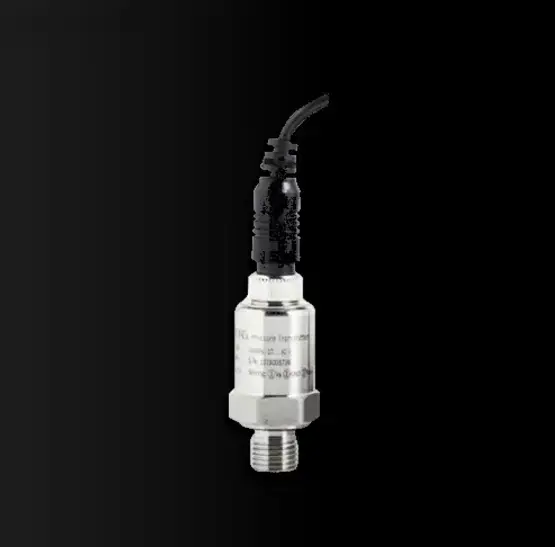
5. Coffee Vending Machine Dispensing Components manufacturers
Selecting the right manufacturer for coffee vending machine dispensing components is crucial for ensuring the quality, reliability, and performance of the final product. Topping Motor is one such manufacturer that provides comprehensive OEM (Original Equipment Manufacturer) and ODM (Original Design Manufacturer) services for coffee vending machine components.
For those seeking a reliable partner in coffee vending machine dispensing components, Topping Motor welcomes inquiries at inquiry@vendingmachinepart.com. Their expertise in providing customized solutions can be valuable for businesses looking to develop or improve their coffee vending machines.
References
1. Bhuiyan, N., & Baghel, A.An overview of continuous improvement: from the past to the present. Management Decision.
2. Cotter, R. J., & Minson, P. E. U.S. Patent No. 9,155,417. Washington, DC: U.S. Patent and Trademark Office.
3. European Vending Association. . Hygiene Guidelines for the Design and Operation of Vending Machines.
4. Food and Drug Administration.. Food Code 2017. U.S. Department of Health and Human Services.
5. Grindmaster-Cecilware. Vending Machine Components and Their Functions.
Send Inquiry
